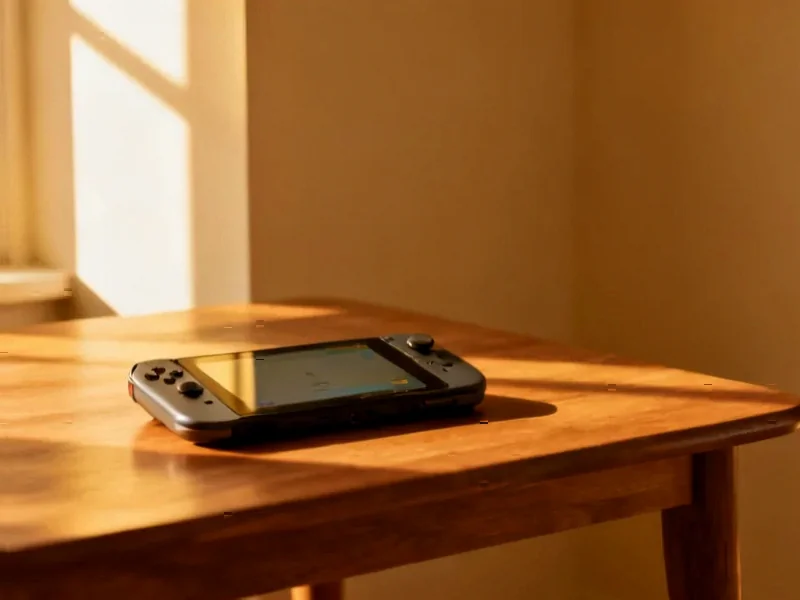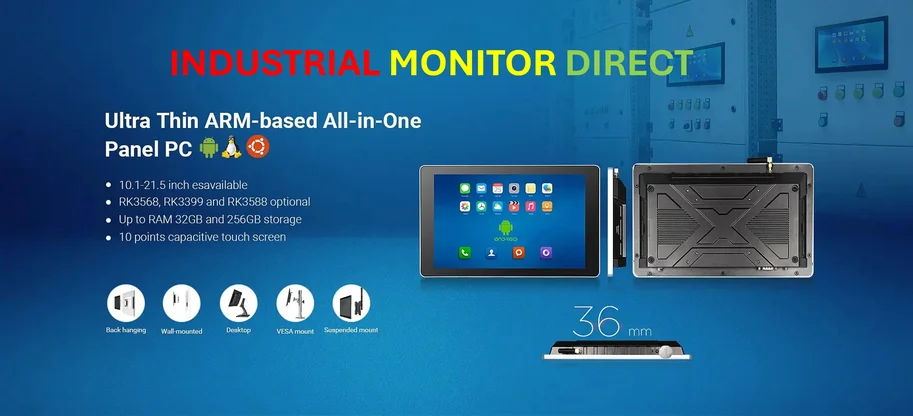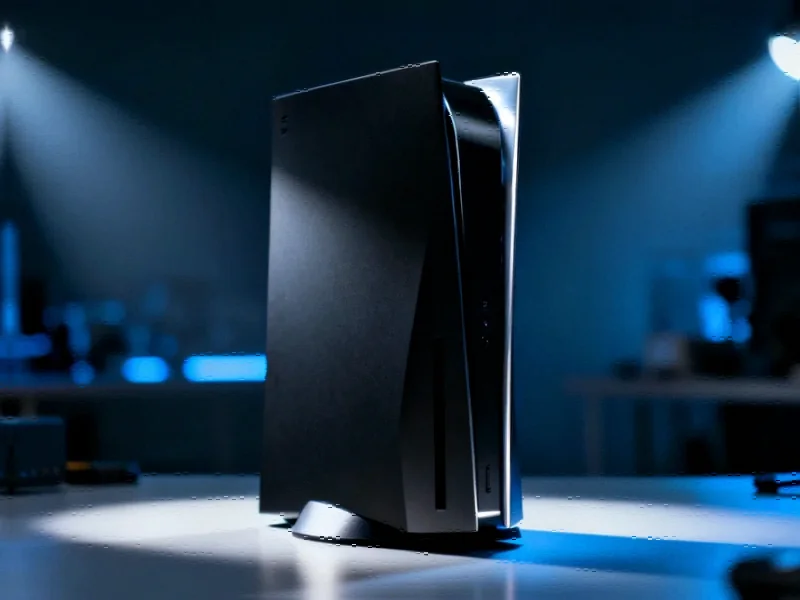According to PCWorld, Microsoft is expanding its Fullscreen Experience interface to MSI Claw handheld gaming devices less than a month after the feature debuted exclusively on the Xbox-branded Asus ROG Ally. The interface, which Microsoft is shortening to FSE, is now rolling out to MSI Claw models for users on the Dev or Beta Channel for the KB5067115 build of Windows 11, requiring participation in the Windows Insider Program. Supported devices appear to include multiple Claw variants, including the original Intel-based Claw A1M, the newer Claw 8 AI with Lunar Lake processors, and the Claw A8 with AMD Ryzen Z2 processors. Microsoft indicates that other manufacturers will have the option to enable the Fullscreen Experience “in the coming months,” suggesting broader availability beyond current test devices. This rapid expansion beyond the Xbox-branded hardware partnership raises questions about Microsoft’s broader strategy for Windows on handheld gaming devices.
Microsoft’s Calculated Handheld Strategy
Microsoft’s decision to expand the Fullscreen Experience to competing hardware so quickly reveals a sophisticated multi-layered strategy. While the Xbox branding on the Asus ROG Ally suggests an exclusive partnership, the rapid expansion to MSI devices indicates Microsoft recognizes the handheld PC gaming market is too valuable to limit to a single hardware partner. This approach mirrors Microsoft’s software-first strategy seen in other markets, where they prioritize Windows ecosystem growth over hardware exclusivity. The timing suggests Microsoft wants to establish Windows as the dominant platform for handheld PC gaming before competitors like SteamOS or other Linux-based alternatives gain more traction. By making the interface available through the Windows Insider Program, Microsoft can gather valuable user feedback and performance data across different hardware configurations while technically maintaining the appearance of exclusivity for their Xbox partner.
The Complex OEM Relationship Landscape
The rapid expansion to MSI hardware creates fascinating dynamics in the competitive handheld market. Asus likely secured some period of exclusivity for the Xbox branding and marketing partnership, but Microsoft appears to be using technical loopholes to continue developing the platform across multiple manufacturers. This creates tension between Microsoft’s platform ambitions and individual OEM partnerships. Manufacturers like MSI benefit from access to Microsoft’s optimized interface but must compete with the officially Xbox-branded hardware from Asus. For consumers, this could lead to fragmentation where some devices get “official” support while others receive a more generic version of the interface. The situation echoes Microsoft’s historical challenges balancing Windows partnerships while developing their own Surface hardware line, now playing out in the emerging handheld gaming segment.
Developer Ecosystem Implications
This expansion has significant implications for game developers and the broader Windows gaming ecosystem. A standardized interface across multiple handheld devices could simplify development and optimization efforts, potentially making Windows a more attractive target platform for handheld-focused games. However, the varying hardware specifications across different manufacturers’ devices—from Intel to AMD processors, different screen sizes, and control layouts—creates new optimization challenges. Microsoft will need to ensure the Fullscreen Experience provides consistent performance and user experience across this hardware diversity. The success of this initiative could influence whether developers create dedicated handheld modes for their Windows games or continue treating handheld PCs as simply small form factor computers running standard Windows games.
Strategic Market Positioning Against Competitors
Microsoft’s move positions Windows directly against established handheld gaming platforms while leveraging their existing software strengths. The Fullscreen Experience essentially creates a console-like interface that competes with Steam’s Big Picture mode and the Steam Deck’s SteamOS interface. By making this available across multiple hardware manufacturers, Microsoft enables a broader ecosystem than Valve’s first-party hardware approach. This strategy could potentially fragment the Windows handheld market further, with manufacturers differentiating through hardware while running essentially the same software interface. The success of this approach will depend on whether Microsoft can deliver a consistently excellent experience across diverse hardware, something that has historically challenged the Windows ecosystem in mobile form factors.
The Road Ahead for Windows Handhelds
Looking forward, Microsoft’s handling of the Fullscreen Experience rollout will reveal much about their commitment to the handheld gaming segment. If Microsoft continues expanding the interface to additional manufacturers like Lenovo, AYANEO, and GPD, they could establish Windows as the default platform for high-performance handheld gaming PCs. However, they’ll need to balance this expansion with maintaining strong relationships with hardware partners. The ultimate test will be whether Microsoft can deliver a user experience that justifies choosing a Windows handheld over dedicated gaming devices like the Steam Deck or Nintendo Switch. The coming months, as Microsoft rolls out the Fullscreen Experience to additional manufacturers, will be crucial in determining whether Windows can become a truly competitive platform in the handheld gaming space rather than just an operating system that happens to run on handheld hardware.




